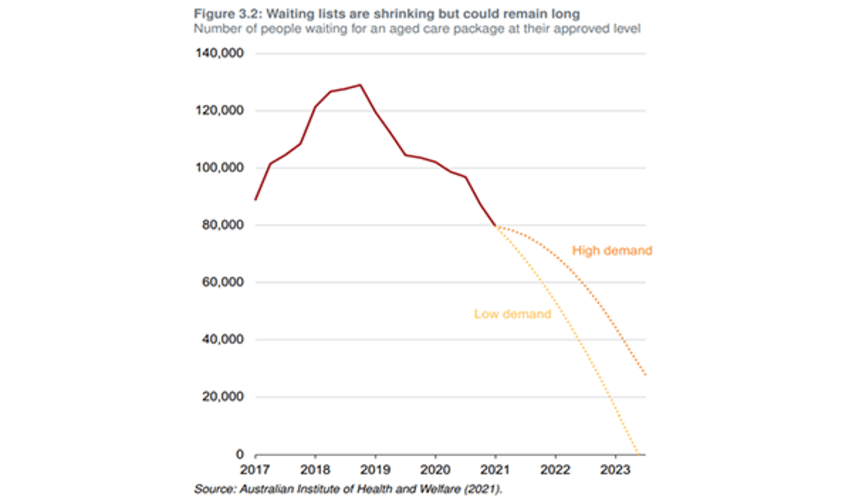Around 58,000 workers – and another $400 million a year over the Federal Government’s Forward Estimates – will be needed to address the increasing number of older Australians being cared for under the new single at-home support program set to begin in 2023, according to a December 2021 report by the think tank.
The 30-page report – titled ‘Unfinished Business: practical polices for better care at home’ by Stephen Duckett and Hal Swerissen – says the Government’s response to the Royal Commission has failed to adequately address three key areas in home care:
- A reduction in waiting times for home care to less than a month (a key COTA initiative)
- The regulation and navigation of the system including pricing of services and fees
- The number, pay and conditions of home care workers
The report notes that making these improvements will cost the taxpayer more.
“The costs of creating more places could be partly offset by reduced administrative costs and reduced demand for residential care. But the improved regulation and navigation support needed would cost at least $400 million a year more than the Government is promising to spend,” the report states.
Better stewardship of home care required
Duckett and Swerissen recommend better stewardship of the system including establishing 31 regional offices across Australia, co-located with Primary Health Networks, to act as stewards and negotiate with providers on behalf of care recipients, as well as expanding the role of care finders to act as agents for older people trying to navigate the system.
They also want the Government to commit to keeping wait times to less than 30 days when the new single program starts and fund increased wages and career pathways for home care workers.
Currently, the Government has committed $2.44 billion each year from 2022-2023 to home care and created an additional 80,000 Packages on top of the 195,600 currently available – an increase of nearly 50%.
Will our politicians commit more? July’s Fair Work Commission case offers an opportunity to raise wages but the Government has so far refused to commit to support any wage rises.
Charging a Basic Daily Fee the answer
Providers do have an option for increasing funding however – charging a Basic Daily Fee as a co-contribution.
Until now, many have not as they look to attract consumers in a competitive market.
But as StewartBrown Senior Partner Grant Corderoy pointed out in their latest report, if providers cannot charge a commensurate price for their services, they risk being unable to maintain their staff and services – with care recipients missing out on care.
You can download the Grattan Institute report here.









